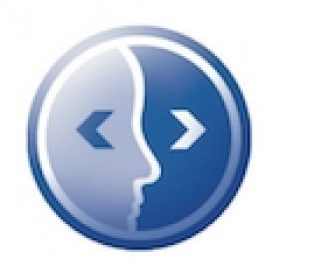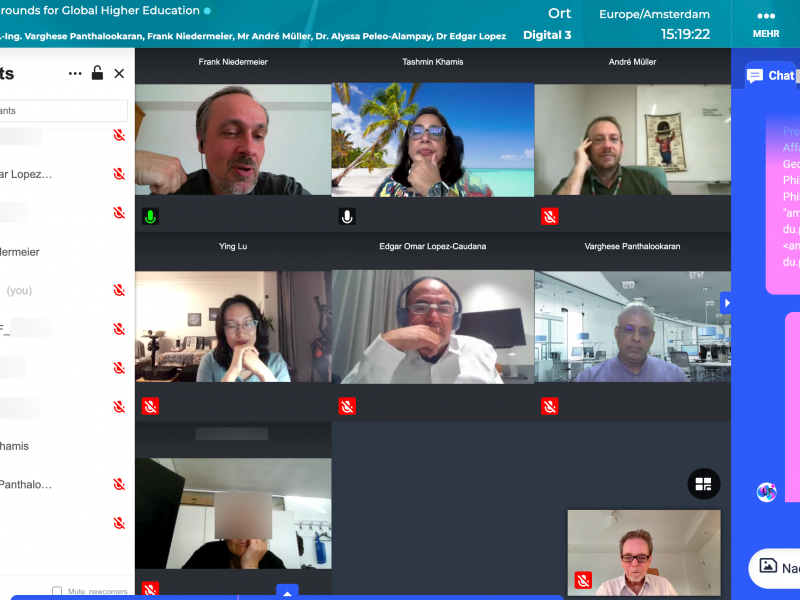Last week, I was allowed to participate as a guest in the project workshop of the STRENGTH project for two and a half days , invited by Prof. Dr. Köhler from the project partner CODIP in Dresden. In the workshop, innovative methods for digital competence development for migrant women were presented. The focus was on media use, self-learning and collaboration to support literacy. The LASLLIAM concept for literacy in the second language, which promotes an organic image of competences, was particularly exciting.
Inspiration from a challenging field
It was refreshing and inspiring to learn more about the practice of trainers who implement (among many other things) digital competence development in the complex field of counselling and further training for migrant women. On the one hand, the attitude of the trainers towards digital media is cautious and reflexive. Less than in the university context, it is not about using educational technology exploratively. Rather, the focus is on how the target groups can be best supported in finding their place in the new living environment. Language and literacy are central themes for this. Furthermore, practical life support, trust and self-confidence are central resources in this area of education.

Digital Education, reflected
This means that digital media are very carefully considered and always used regarding accessibility and any “exclusive potential”. Then the digital possibilities, as we have seen, can provide a lot of benefit. The possibilities of working with photos, audio and visualization in particular offer great potential. Small exercises in the form of multiple-choice tasks, assignment tasks and hot spot variants create protected and error-tolerant opportunities to anticipate and practice everyday challenges: How do I ask if the seat on the train is still free? How do I react if I am treated as a “second-class customer” in the restaurant? What are the most important terms when visiting the doctor? Multi-coding and multimodality can be used really beneficially here, but the innovation is done by the clever content.
In addition, principles and methods are used for the specific requirements of this educational work that should be familiar from digital higher education: learner centering as an extension of instructional approaches, accompaniment and guidance to self-learning, and cooperation as an alternative to individual study. The approaches of strengths orientation and enabling didactics can be recognized here.
Exciting: LASLLIAM model for language skills
Particularly exciting for me, because it was previously unknown, was the LASLLIAM concept1 of literal competences, which was developed specifically for the development of literacy in a second language. It was presented to us theoretically and practically by the colleagues from the Orient Express (Vienna).
The presentation of the concept has awakened good associations in me. These include:
- Competencies are not divided into a hierarchical, pyramidal or otherwise stratified building block model, but the model leaves room for a more organic picture of competencies that appear more as bundles or tangles of skills and knowledge. They don’t develop linearly but have their ups and downs.
- It emphasizes the role of the materiality of digital media, for example, when it comes to operating a touchscreen or practicing hand-eye coordination for operating a mouse.
In this context, which is unfamiliar to me, I have once again noticed that my own everyday media culture is rich in prerequisites and includes a specific view of digital media as “helpful” and “expanding” – in short: as “useful tools”. My impression is that this techno-optimistic narrative is currently breaking up in many places. This may be due to the fact that the waves of digital transformation leave the impression of a society that seems at least as unjust, unequal and unwise as before. The fact that the dimension of digital literacy has been added here does not make it any easier.
- Literacy and Second Language Learning for the Linguistic Integration of Adult Migrants, https://www.coe.int/de/web/lang-migrants [↩]



